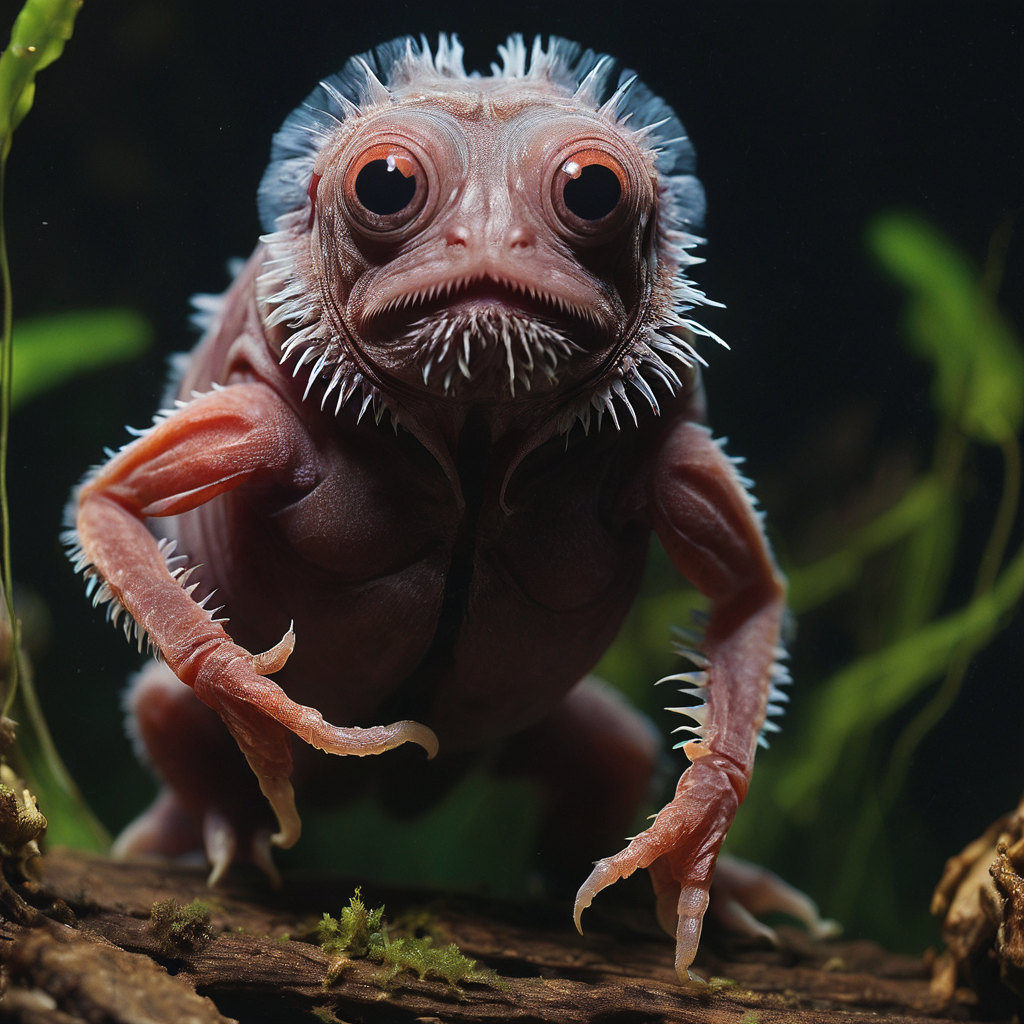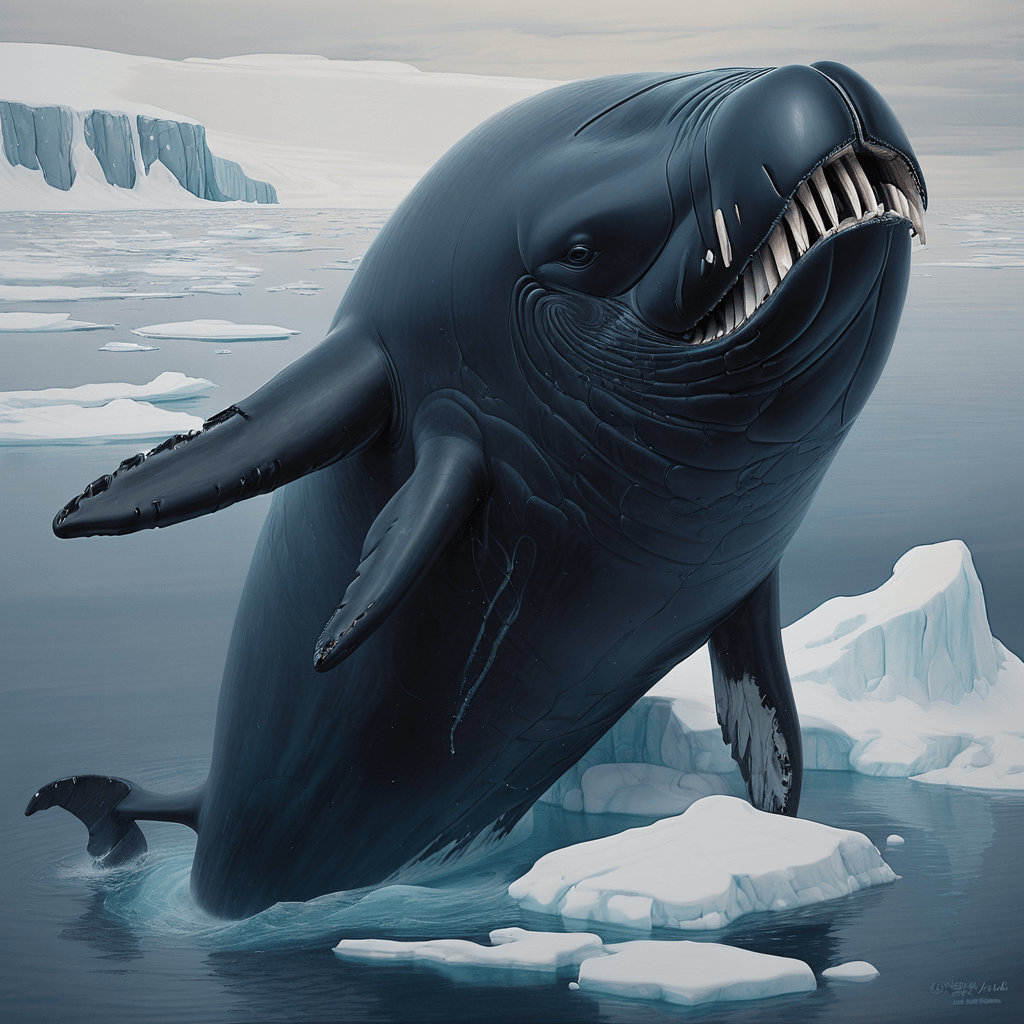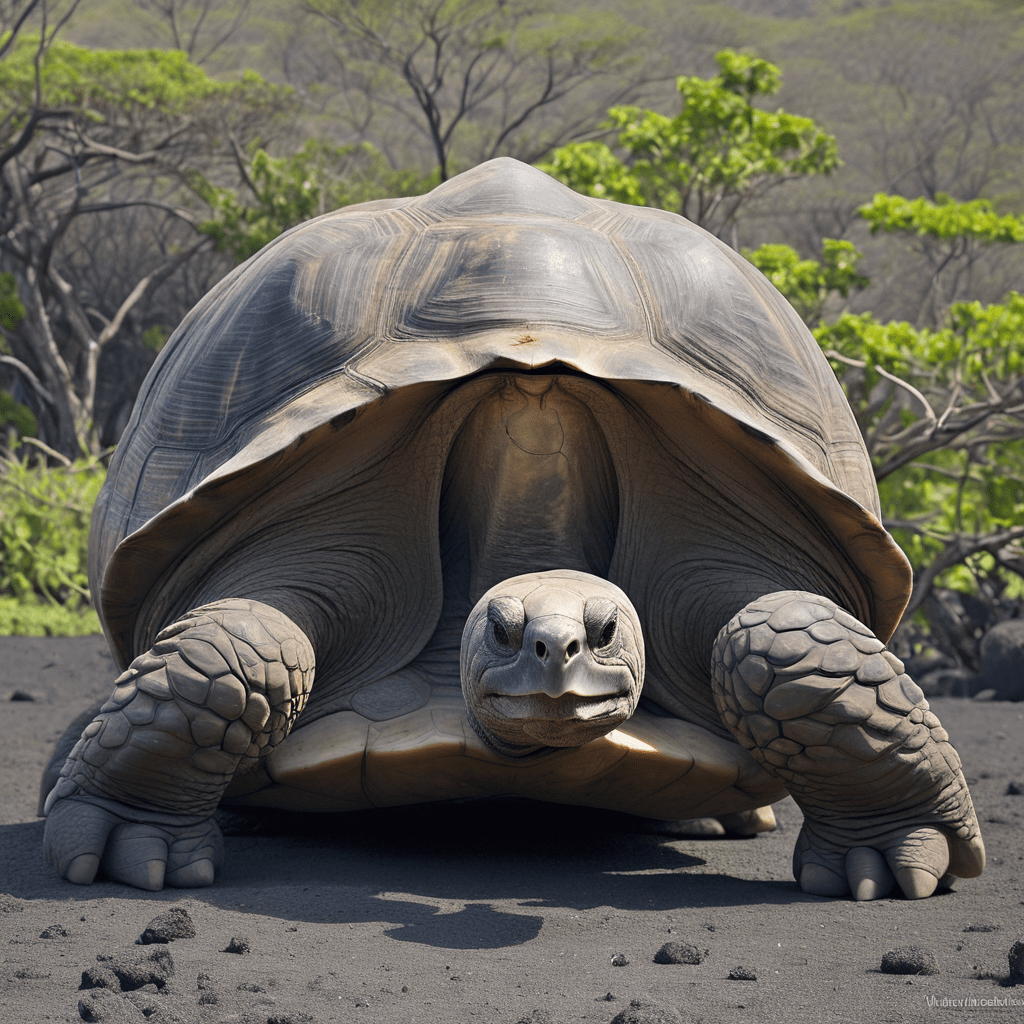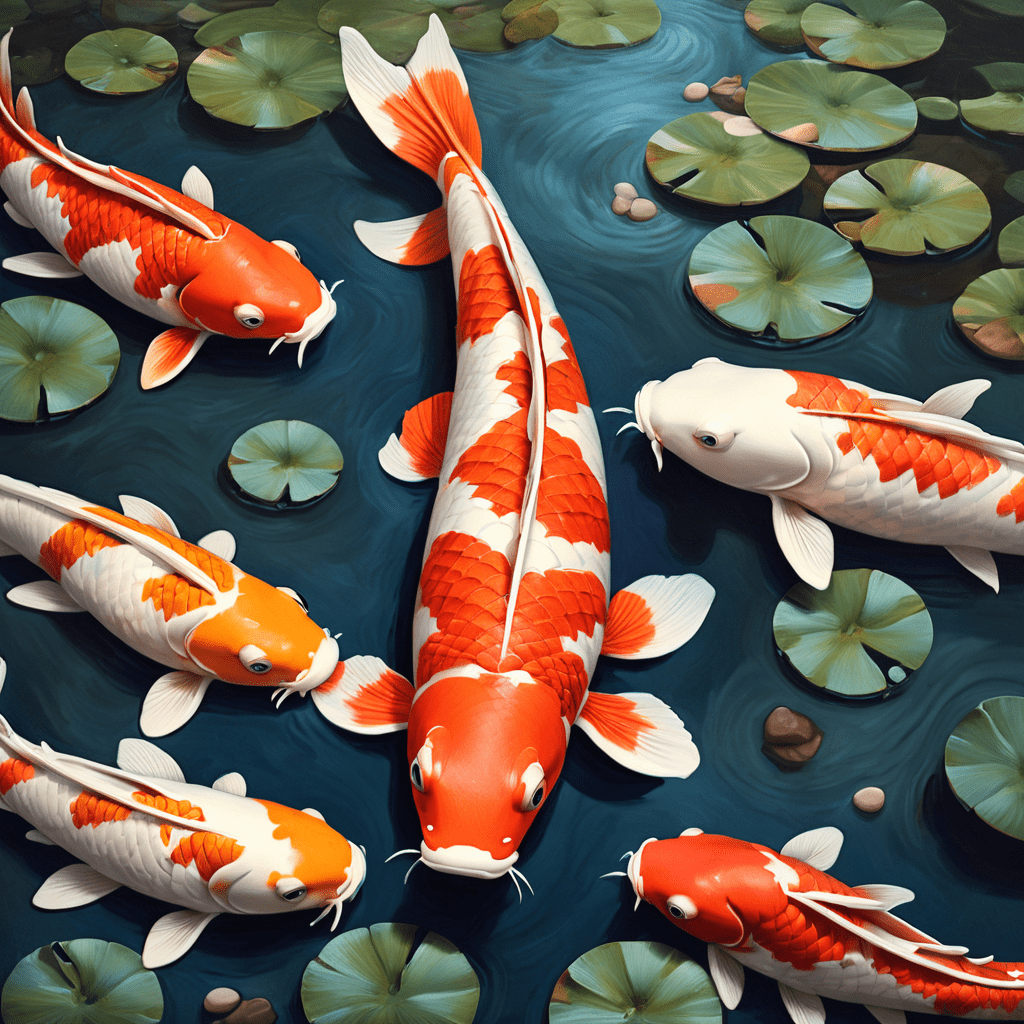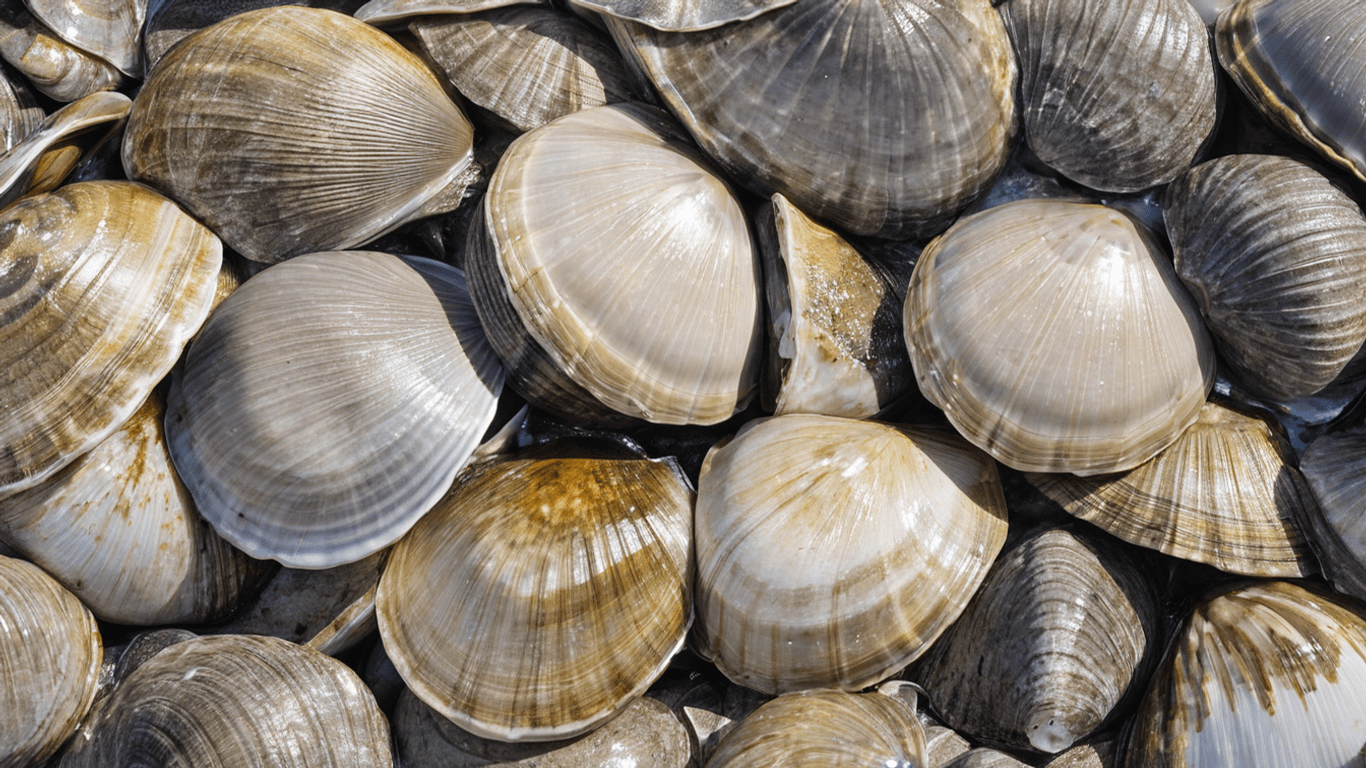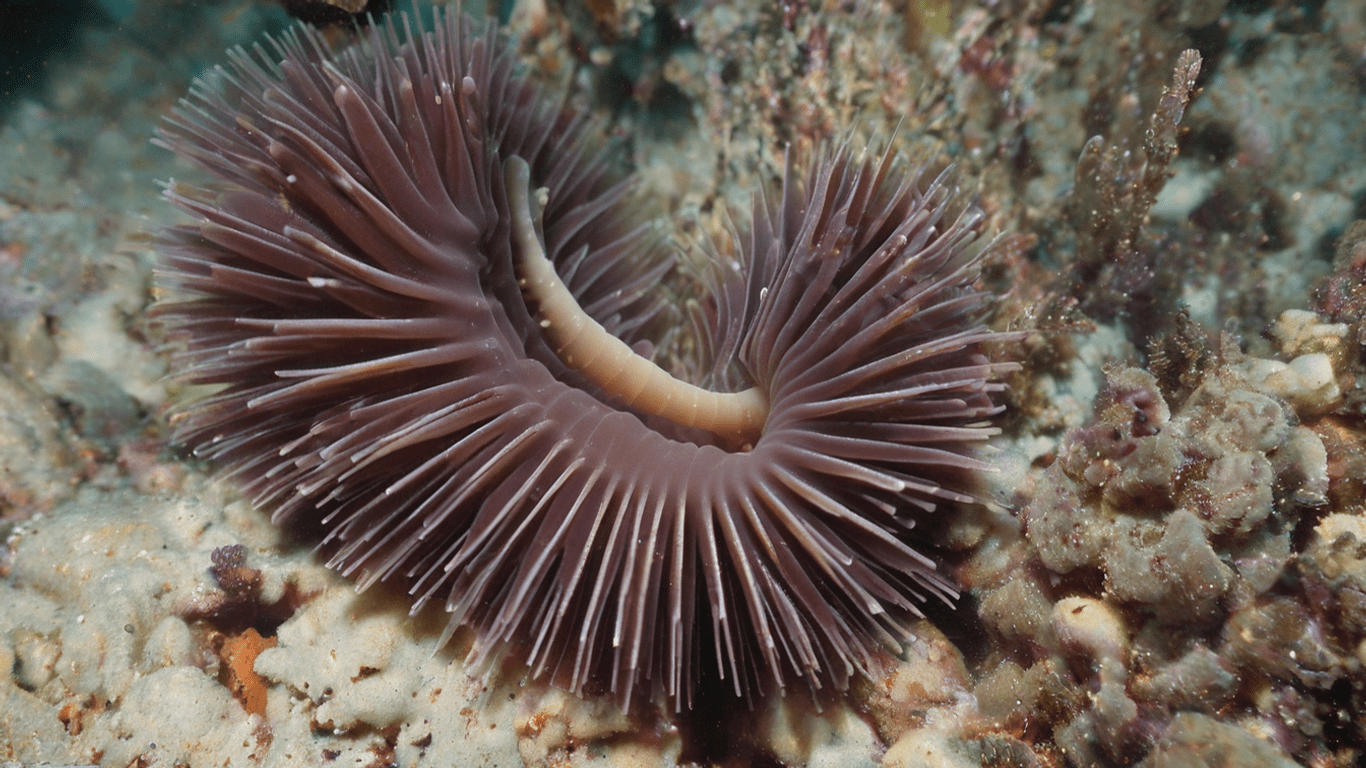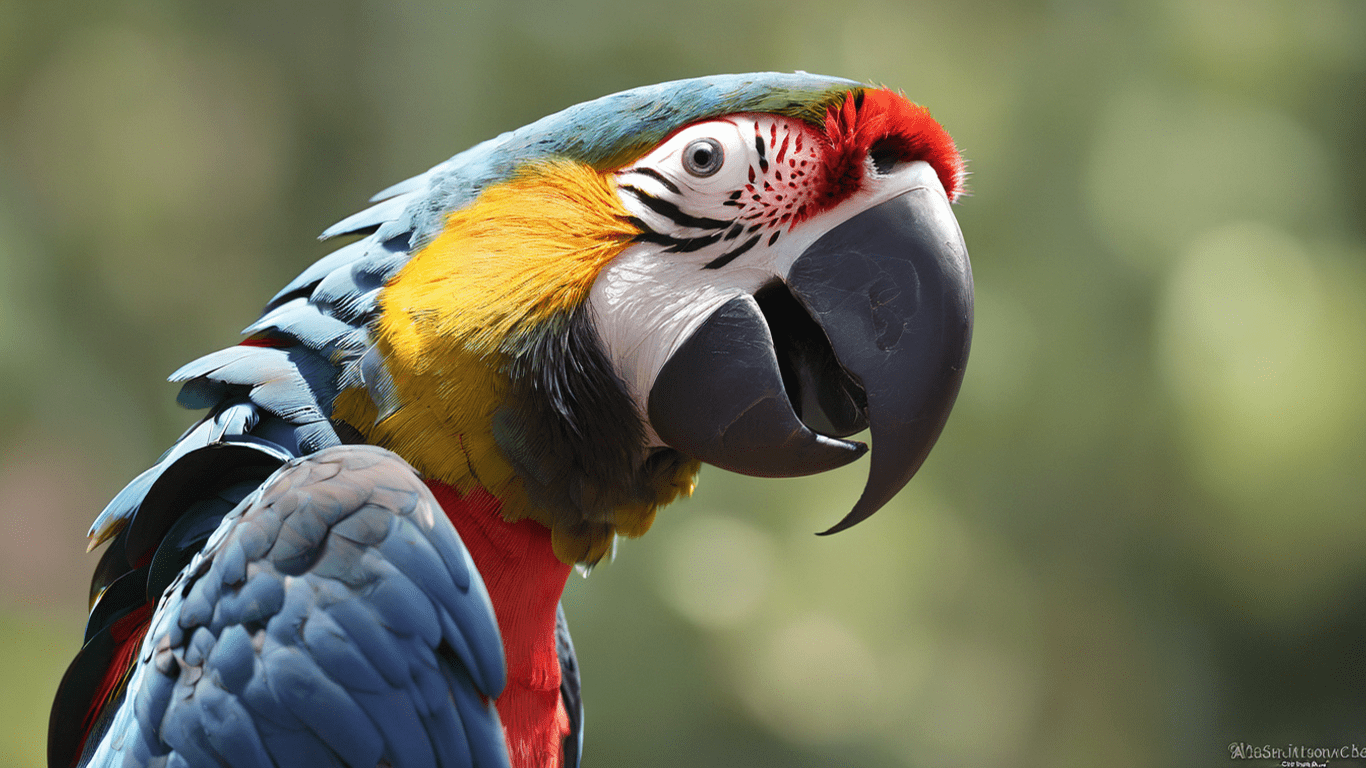As a result of advancements in medical technology and environmental conservation efforts, creatures across various ecosystems are experiencing extended lifespans. From marine species like sea turtles and whales to land-dwelling creatures like elephants and certain bird species, the trend of increased longevity suggests a positive impact on biodiversity and ecosystem stability. These longer lifespans offer scientists invaluable opportunities to study aging processes and implement conservation strategies aimed at preserving these majestic creatures for generations to come.
-
Bowhead Whale
- Lifespan: Approximately 200 years
- Habitat: Arctic and subarctic regions, primarily in the North Atlantic and North Pacific oceans.
- Description: Bowhead whales are among the longest-lived mammals on Earth. They have massive, robust bodies with distinctive bow-shaped skulls that can break through thick sea ice. These whales have a thick blubber layer, which helps them survive in icy waters. They are filter feeders, consuming small fish, plankton, and krill by filtering them through baleen plates in their mouths.
-
Galápagos Giant Tortoise
- Lifespan: Up to 150 years
- Habitat: Galápagos Islands, an archipelago located in the Pacific Ocean off the coast of Ecuador.
- Description: Galápagos giant tortoises are the largest tortoise species in the world, with individuals weighing up to 900 pounds (400 kilograms). They have domed shells and long necks, adapted to reach vegetation at varying heights. These tortoises are herbivores, primarily feeding on grasses, cacti, and shrubs. They are known for their slow movements and long lifespans, making them iconic symbols of the Galápagos Islands.
-
Koi Fish
- Lifespan: Up to 200 years
- Habitat: Freshwater ponds, lakes, and rivers in Asia and around the world.
- Description: Koi fish are colorful varieties of the common carp (Cyprinus carpio), selectively bred for their vibrant colors and patterns. They have long, streamlined bodies and are known for their graceful swimming movements. Koi fish are omnivores, feeding on a diet of algae, aquatic plants, insects, and small crustaceans. They are popular ornamental fish in ponds and water gardens, valued for their beauty and longevity.
-
Greenland Shark
- Lifespan: Approximately 400 years
- Habitat: North Atlantic Ocean, particularly in the cold waters around Greenland, Iceland, and Canada.
- Description: Greenland sharks are large, slow-swimming sharks with dark, mottled skin and small eyes. They have a thick, sluggish metabolism, which contributes to their exceptionally long lifespan. These sharks primarily feed on fish, seals, and other marine mammals, scavenging on carrion and slow-moving prey. They are apex predators in their habitat and play a crucial role in the marine ecosystem.
-
Red Sea Urchin
- Lifespan: Up to 200 years
- Habitat: Pacific Ocean, particularly along rocky coastal areas from Alaska to Baja California.
- Description: Red sea urchins are spiny marine animals with spherical bodies covered in long, sharp spines. They have a unique feeding structure called Aristotle’s lantern, which consists of five tooth-like plates used to scrape algae and other organic matter off rocks. Red sea urchins are important herbivores in kelp forests, helping to regulate algae growth and maintain ecosystem balance.
-
Ocean Quahog
- Lifespan: Approximately 500 years
- Habitat: Deep waters of the North Atlantic Ocean, particularly in regions with sandy or muddy substrates.
- Description: Ocean quahogs are large, edible clams with thick, dark shells and deep grooves. They have a powerful foot used for burrowing into the seabed and filtering plankton and organic particles from the water. Ocean quahogs are slow-growing bivalves, with growth rings on their shells similar to tree rings, allowing scientists to estimate their age. These clams are harvested commercially for their meat, known as “mahogany clam” or “black clam.”
-
Asian Elephant
- Lifespan: Up to 80 years
- Habitat: Forests, grasslands, and wetlands of Asia, including India, Southeast Asia, and parts of China.
- Description: Asian elephants are the largest land animals in Asia, with distinctive features such as long trunks, large ears, and tusks in some individuals. They are highly intelligent and social animals, living in matriarchal herds led by the oldest and most experienced female elephant. Asian elephants are herbivores, feeding on a variety of vegetation, including grasses, leaves, bark, and fruits. They play a crucial role in their ecosystems as seed dispersers and habitat engineers.
-
Aldabra Giant Tortoise
- Lifespan: Up to 150 years
- Habitat: Aldabra Atoll, an isolated coral reef in the Seychelles islands of the Indian Ocean.
- Description: Aldabra giant tortoises are one of the largest tortoise species in the world, with individuals weighing up to 550 pounds (250 kilograms). They have domed shells and powerful limbs adapted for walking long distances. Aldabra tortoises are herbivores, feeding on a diet of grasses, leaves, and other vegetation. They are known for their gentle disposition and slow movements, spending much of their time basking in the sun or grazing on vegetation.
-
Lamellibrachia Tube Worm
- Lifespan: Up to 250 years
- Habitat: Deep-sea hydrothermal vents, located along mid-ocean ridges and volcanic arcs around the world.
- Description: Lamellibrachia tube worms are marine invertebrates that form dense colonies near hydrothermal vents on the ocean floor. They have long, tube-like bodies and plume-like structures composed of feathery gills used for filter-feeding. Lamellibrachia tubeworms rely on chemosynthetic bacteria living in their tissues to obtain energy from chemical compounds released by hydrothermal vent fluids. They play a vital role in deep-sea ecosystems as primary producers, supporting diverse communities of vent-associated organisms.
-
Macaw
- Lifespan: Up to 100 years
- Habitat: Tropical forests and woodlands of Central and South America, including the Amazon rainforest.
- Description: Macaws are large, colorful parrots known for their vibrant plumage, strong beaks, and loud vocalizations. They have long tails and wingspans, enabling them to fly gracefully through the forest canopy. Macaws are highly intelligent and social birds, forming strong bonds with their mates and flock members. They feed on a variety of fruits, nuts, seeds, and berries, using their powerful beaks to crack open hard-shelled nuts and seeds. Macaws play an important role in seed dispersal and forest regeneration, contributing to the health and biodiversity of their ecosystems.
These animals exhibit remarkable adaptations and behaviors that contribute to their longevity in their respective environments. Their long lifespans provide valuable insights into the biology and ecology of these fascinating creatures.
Web Hosting for WordPress Website
Choosing the proper web hosting provider is one of those decisions when you create a WordPress website that will determine its success. Your hosting decision may have a significant impact on your site’s performance, security, and scalability. Within this in-depth guide, we will take you through the essential criteria that should be taken into account when choosing WordPress hosting.

